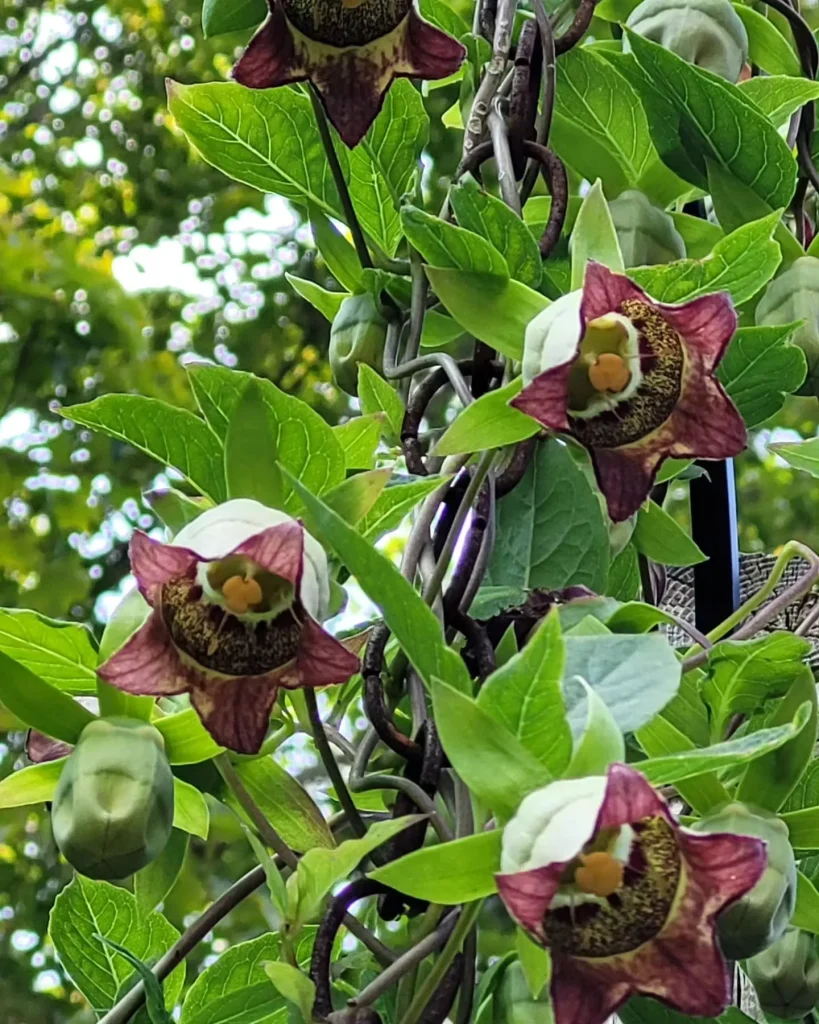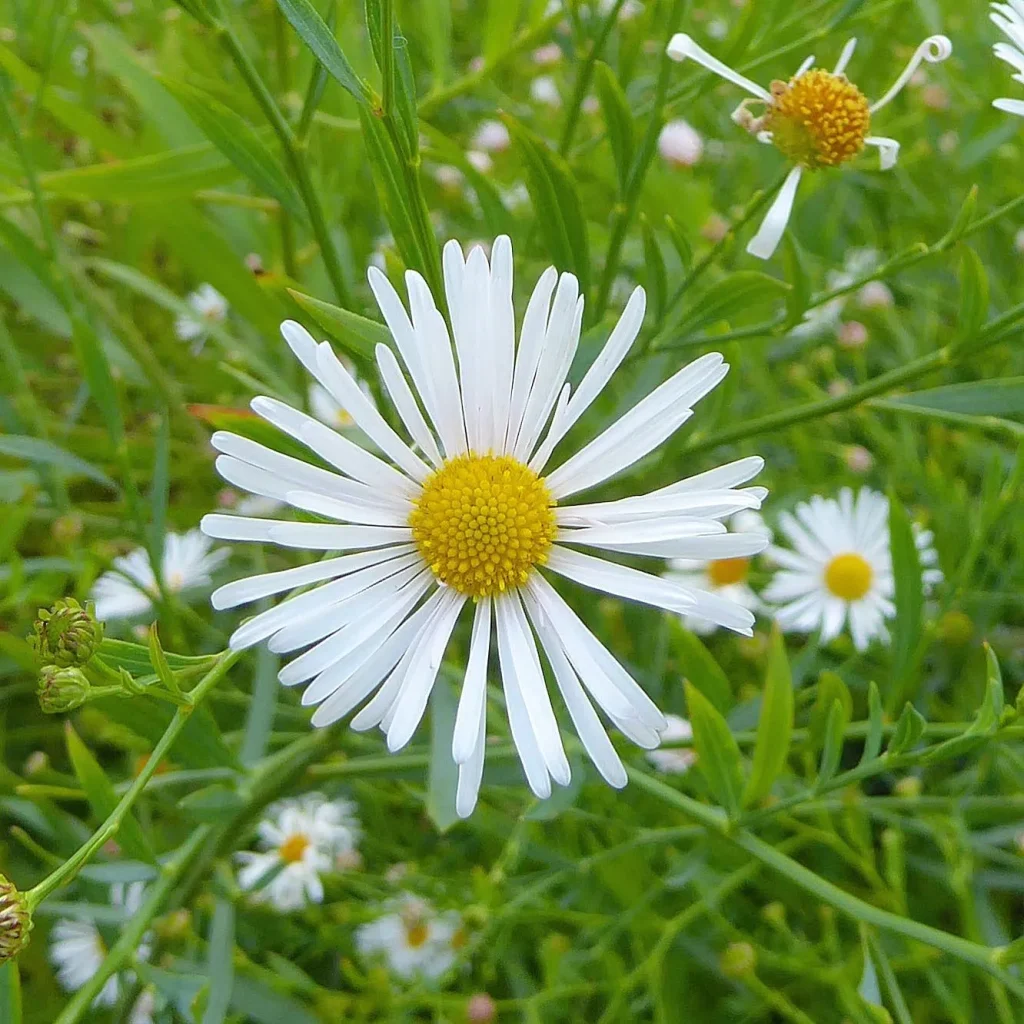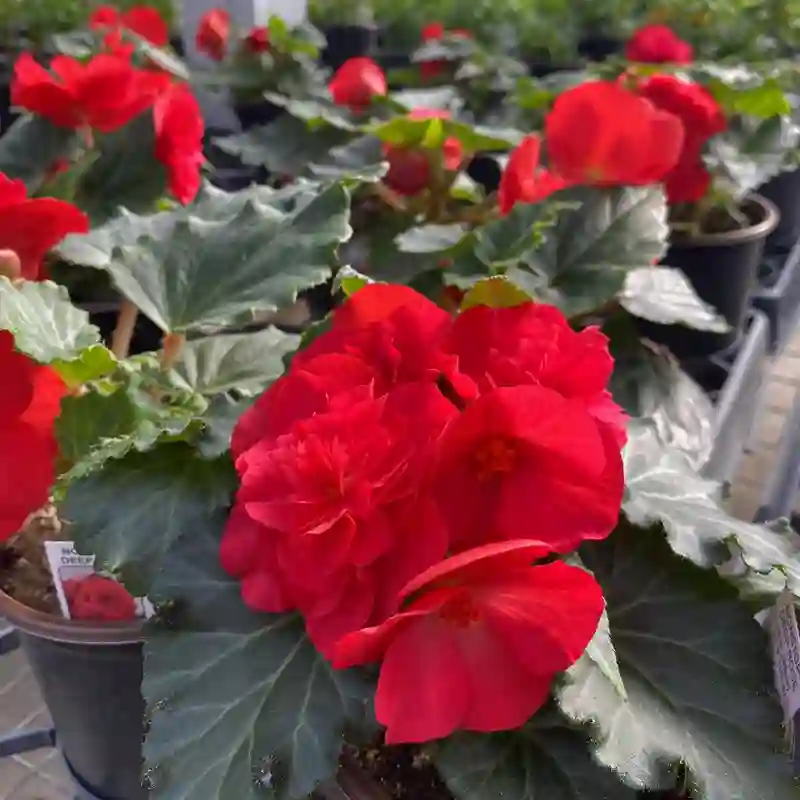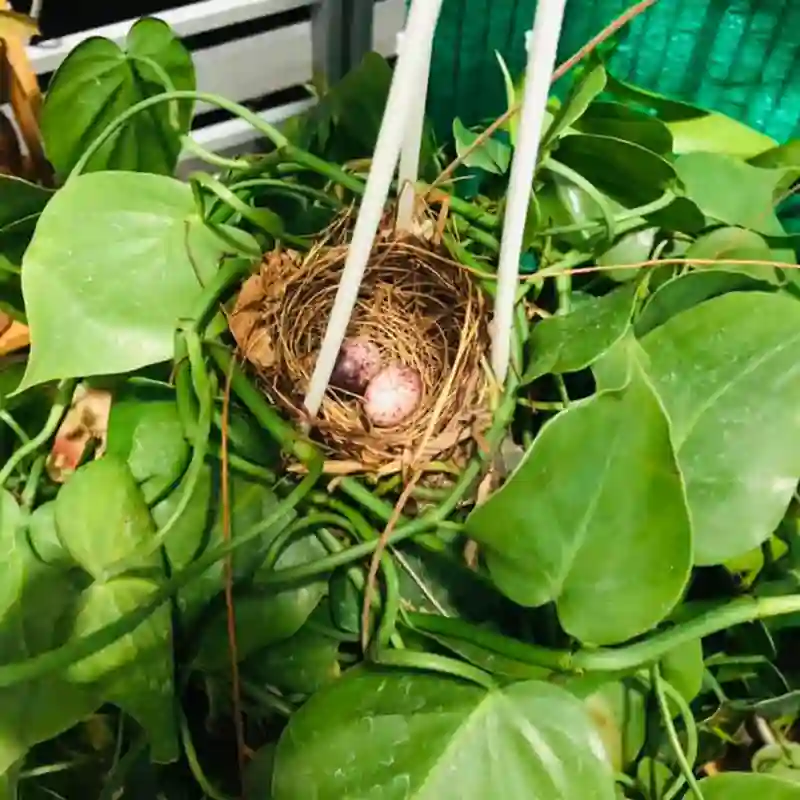FAQs About Ceanothus Cuneatus
Ceanothus Cuneatus, commonly known as the Wedgeleaf Ceanothus or Buckbrush, is a plant that has intrigued me for years. This evergreen shrub is native to California and Baja California, renowned for its striking blue flowers and tough, drought-tolerant nature. In this article, I’ll cover frequently asked questions about Ceanothus Cuneatus, offering insights based on my experiences and knowledge.
73 Species in Genus Ceanothus
What Is Ceanothus Cuneatus?
Ceanothus Cuneatus, or Wedgeleaf Ceanothus, is a hardy shrub in the Rhamnaceae family. It typically grows to about 3-6 feet in height and width. The plant is characterized by its small, leathery leaves and dense clusters of vibrant blue flowers that bloom in late winter to early spring. Its natural habitat includes dry, rocky slopes and chaparral regions, making it well-adapted to arid environments.
How to Care for Ceanothus Cuneatus?
Caring for Ceanothus Cuneatus is relatively straightforward once you understand its needs. Here are the essential tips:
- Sunlight: This shrub thrives in full sun. Ensure it receives at least 6-8 hours of direct sunlight daily.
- Soil: It prefers well-drained soil. Sandy or gravelly soils are ideal, as the plant does not tolerate heavy, clayey soils. If you have clay soil, consider amending it with sand or gravel to improve drainage.
- Watering: Ceanothus Cuneatus is drought-tolerant once established. Water it deeply but infrequently. Overwatering can lead to root rot, so it’s best to let the soil dry out between waterings.
- Pruning: Minimal pruning is needed. However, you can trim the plant after flowering to maintain its shape and remove any dead or damaged branches.
How to Propagate Ceanothus Cuneatus?
Propagating Ceanothus Cuneatus can be done through seeds or cuttings:
- Seeds: Start by collecting seeds from mature plants. Sow them in a well-drained seed-starting mix, and keep them in a warm, sunny spot. Seeds may require scarification (scratching or nicking the seed coat) to encourage germination.
- Cuttings: Take semi-hardwood cuttings in late summer. Dip the cuttings in rooting hormone and plant them in a sandy soil mix. Keep the cuttings moist and provide indirect light until they establish roots.
What to Plant with Ceanothus Cuneatus?
Ceanothus Cuneatus pairs well with other drought-tolerant plants. Here are some companion plants:
- California Poppy (Eschscholzia californica): The bright orange blooms complement the blue flowers of Ceanothus.
- Sage (Salvia spp.): Its aromatic leaves and flowers contrast nicely with the shrub.
- Manzanita (Arctostaphylos spp.): This evergreen shrub has similar water and soil requirements, creating a harmonious landscape.
Is Ceanothus Cuneatus Toxic?
Ceanothus Cuneatus is not considered toxic to humans or pets. However, as with many plants, it’s always a good idea to prevent pets from chewing on the foliage.
Benefits of Growing Ceanothus Cuneatus
There are several benefits to including Ceanothus Cuneatus in your garden:
- Drought Tolerance: Its ability to withstand dry conditions makes it an excellent choice for water-wise gardens.
- Attractive Flowers: The blue blooms add vibrant color to the landscape, especially in winter and early spring.
- Low Maintenance: Once established, it requires minimal care, making it ideal for busy gardeners.
Common Problems with Ceanothus Cuneatus
Despite its hardiness, Ceanothus Cuneatus can face a few issues:
- Root Rot: Overwatering or poor drainage can lead to root rot. Ensure proper soil drainage and avoid waterlogging.
- Pests: While relatively pest-free, watch out for scale insects or aphids. Regular inspection and treatment with insecticidal soap can manage these pests.
How Does Ceanothus Cuneatus Compare to Similar Plants?
When comparing Ceanothus Cuneatus to other Ceanothus species, such as Ceanothus ‘Concha’ or Ceanothus ‘Dark Star’, here are some key differences:
- Ceanothus ‘Concha’: This cultivar has larger, more rounded leaves and a denser growth habit compared to Ceanothus Cuneatus.
- Ceanothus ‘Dark Star’: Known for its darker blue flowers, this variety tends to be slightly taller and more compact.
Ceanothus Cuneatus stands out due to its adaptability to extreme conditions and its distinct wedge-shaped leaves, setting it apart from these other varieties.
Conclusion
Ceanothus Cuneatus is a resilient and beautiful shrub that can enhance any garden with its vibrant blue flowers and tough demeanor. Whether you’re looking to add a splash of color to a dry garden or need a low-maintenance plant that thrives in harsh conditions, Ceanothus Cuneatus is an excellent choice. By following the care tips and understanding its needs, you can enjoy this remarkable plant in your landscape for years to come.
If i die, water my plants!



